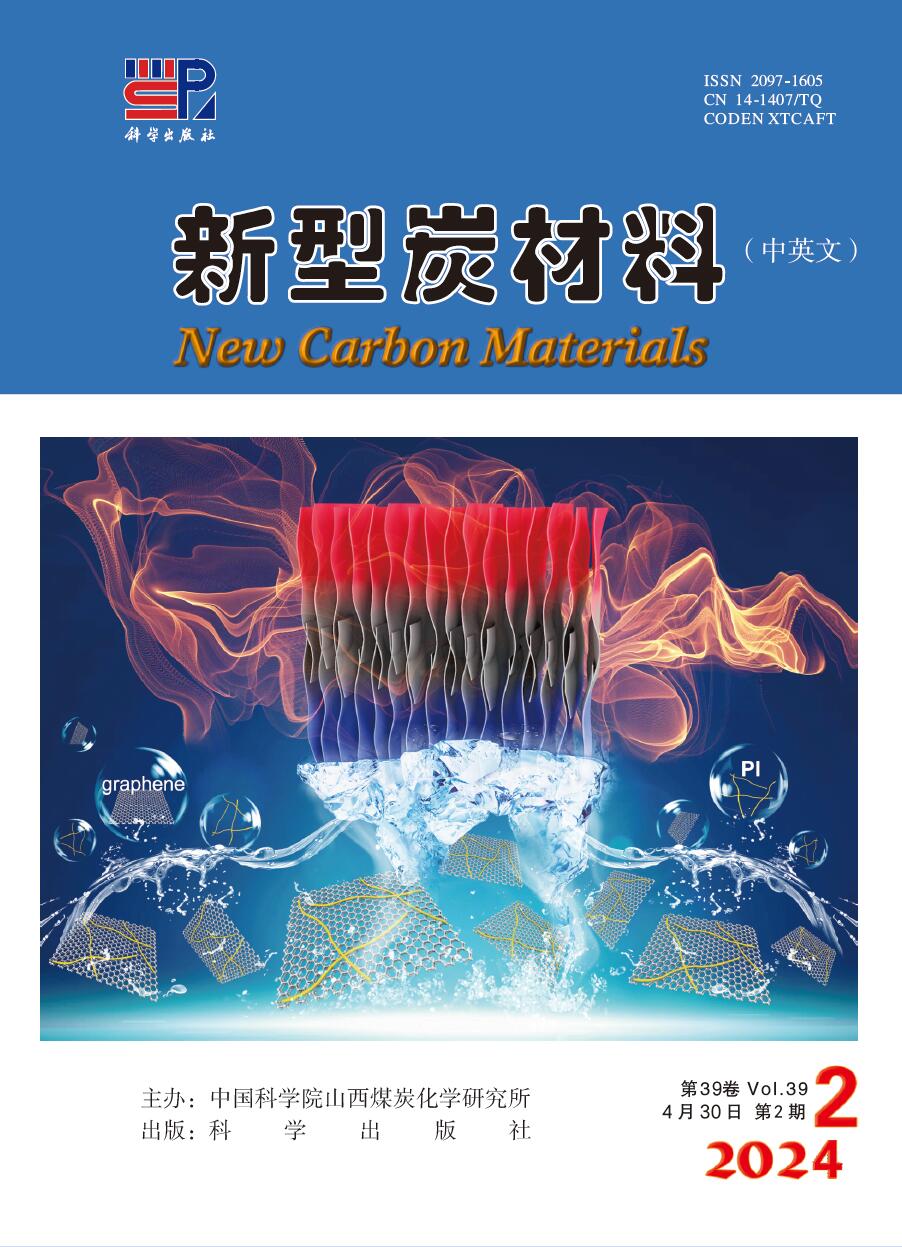2010 Vol. 25, No. 03
2010, 25(03): 161-240.
doi: 10.1016/S1872-5805(09)60023-8
Abstract:
2010, 25(03): 168-174.
Abstract:
2010, 25(03): 175-180.
doi: 10.1016/S1872-5805(09)60024-X
Abstract:
2010, 25(03): 181-186.
Abstract:
2010, 25(03): 187-191.
Abstract:
2010, 25(03): 192-198.
doi: 10.1016/S1872-5805(09)60026-3
Abstract:
2010, 25(03): 199-204.
doi: 10.1016/S1872-5805(09)60028-7
Abstract:
2010, 25(03): 205-210.
Abstract:
2010, 25(03): 211-217.
Abstract:
2010, 25(03): 218-224.
Abstract:
2010, 25(03): 225-231.
doi: 10.1016/S1872-5805(09)60029-9
Abstract:
2010, 25(03): 232-236.
doi: 10.1016/S1872-5805(09)60027-5
Abstract:
2010, 25(03): 237-240.
doi: 10.1016/S1872-5805(09)60025-1
Abstract:


 Abstract
Abstract PDF
PDF

 Classified Collection
Classified Collection

 Email alert
Email alert RSS
RSS Download
Download Links
Links

